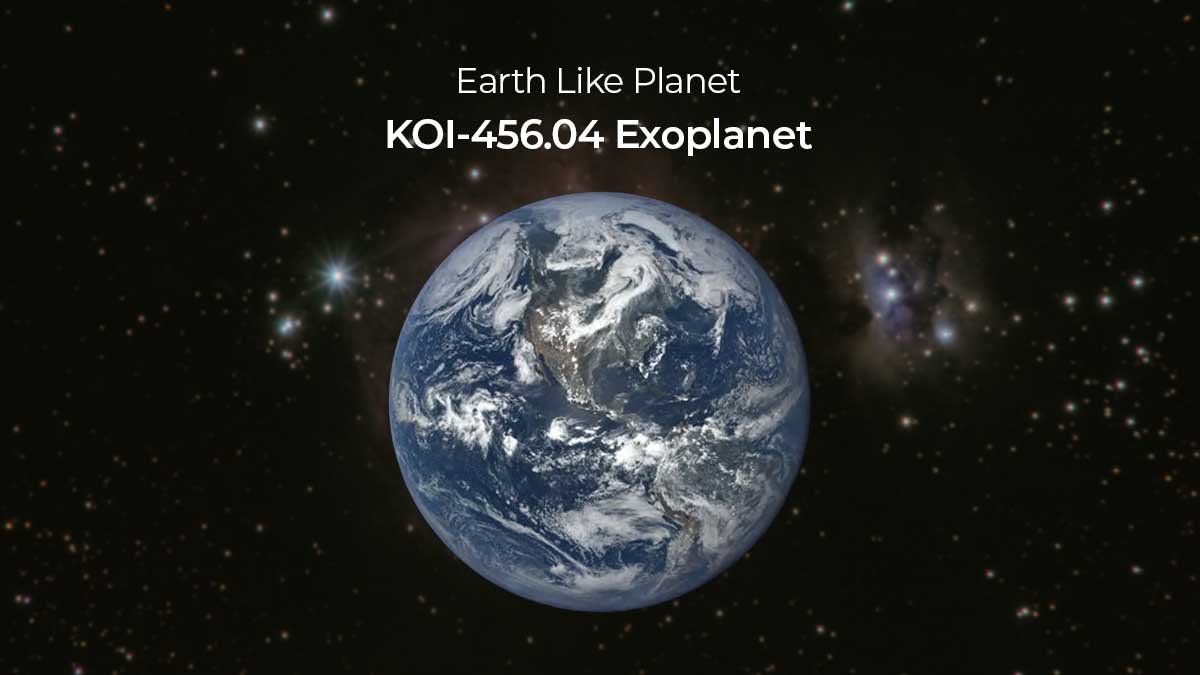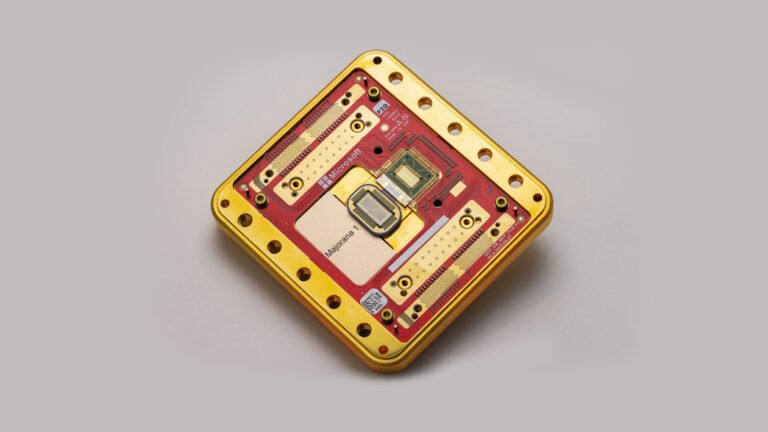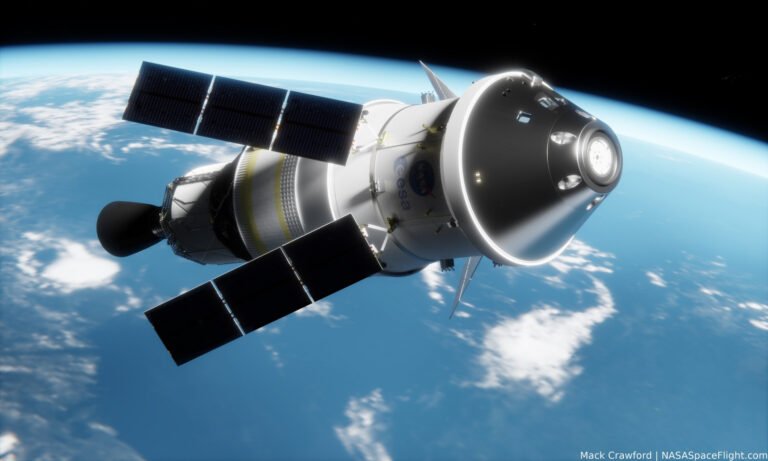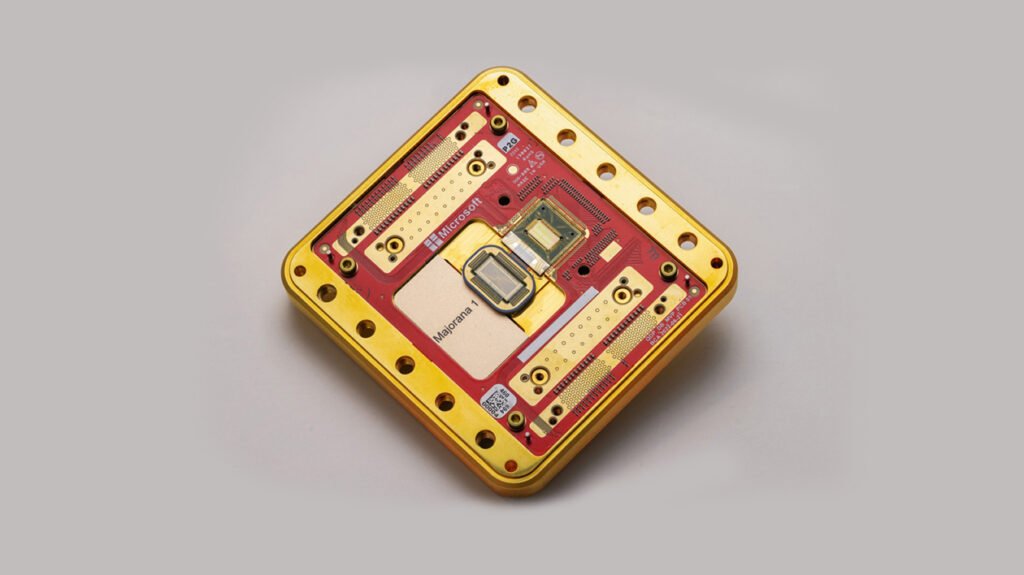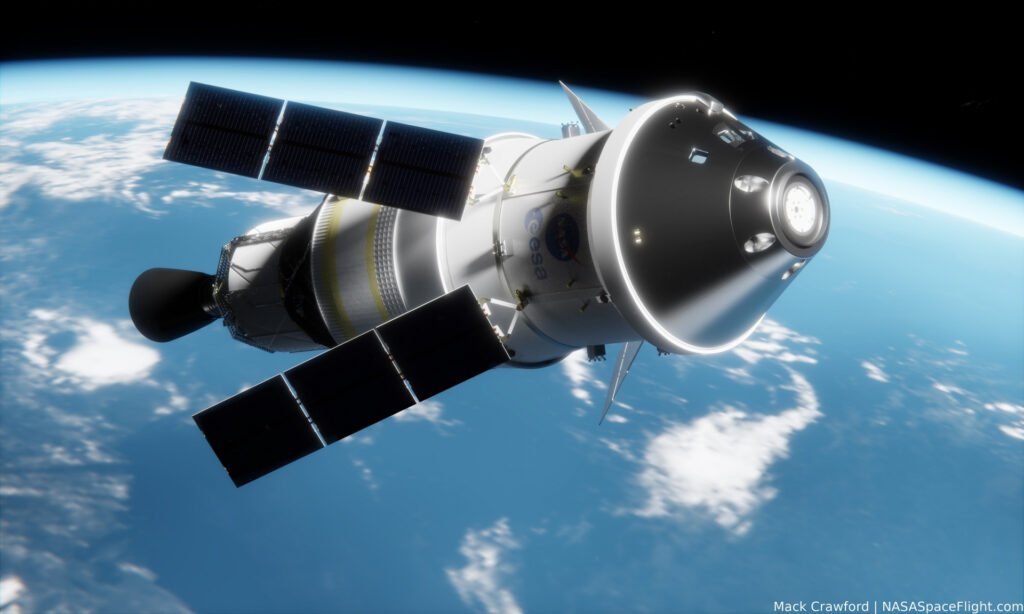The human fascination with finding another Earth is perennial. Scientists continue to scour the cosmos for exoplanets that might harbor life. Among the most intriguing discoveries is KOI-456.04 Exoplanet Candidate. Discovered by NASA’s Kepler Space Telescope, this distant world holds tantalizing hints of habitability. It orbits a Sun-like star, Kepler-160. This makes it a prime target in the ongoing search for extraterrestrial life. While its status as a definitive “Mirror Earth” awaits further confirmation, KOI-456.04 offers a thrilling glimpse into the possibilities of worlds beyond our own.
KOI-456.04 Exoplanet Candidate: The Kepler Mission’s Intriguing Find
The journey to discovering KOI-456.04 Exoplanet Candidate began with the Kepler Space Telescope. Kepler, known for its planet-hunting prowess, identified this intriguing object in 2020. Located approximately 3,000 light-years away in the Lyra constellation, KOI-456.04 is not yet definitively confirmed as a planet. It remains a robust “Kepler Object of Interest.” Nevertheless, its characteristics make it stand out. It orbits Kepler-160, a star remarkably similar to our Sun in both size and temperature. This stellar resemblance is a critical factor in assessing the potential habitability of any orbiting world. Therefore, the very existence of such a promising candidate fuels astronomical excitement.
KOI-456.04 Exoplanet Candidate: Why It’s Potentially Habitable
What makes KOI-456.04 Exoplanet Candidate so compelling in the search for life? Primarily, its orbital location places it squarely within Kepler-160’s “habitable zone.” This is the region where conditions are just right for liquid water to exist on a planet’s surface. Given the right atmospheric pressure, liquid water is considered essential for life as we know it. Estimates suggest KOI-456.04 is about 1.9 times the mass of Earth. It also completes an orbit around its star in 378 Earth days, very similar to our own year. This makes its daily cycle roughly 25 hours long. These factors, combined with its Sun-like star, position it as one of the most promising candidates for follow-up studies, indicating its potential for life.
James Webb Space Telescope’s Future Role
While KOI-456.04 was identified by Kepler, the James Webb Space Telescope (JWST) represents the next frontier in its potential confirmation. JWST possesses unparalleled capabilities for exoplanet atmospheric analysis. Though it has not yet definitively observed KOI-456.04, it could, in the future, play a crucial role. For instance, JWST could help confirm the candidate’s planetary status. More importantly, it could analyze its atmosphere for tell-tale signs. These include biosignatures like methane, carbon dioxide, or even oxygen. Such detections would provide stronger evidence of habitability or even the presence of life. Thus, JWST stands as a beacon of hope for unlocking the deeper secrets of this distant world.
KOI-456.04 Exoplanet Candidate: Next Steps in Research
The journey to confirm KOI-456.04 as a “Mirror Earth” is ongoing. Astronomers plan extensive follow-up observations. This research aims to rule out alternative explanations for its detection, such as stellar activity. Further studies will utilize advanced ground-based telescopes and potentially next-generation space observatories. These tools will enable more precise measurements of its size and mass. Additionally, future atmospheric analyses, possibly by JWST, will be crucial. Detecting specific gases could provide tantalizing clues about its composition and whether life could genuinely thrive there. Therefore, every new piece of data moves us closer to understanding this fascinating exoplanet.
The Grand Search for Extraterrestrial Life
The ongoing study of KOI-456.04 Exoplanet Candidate symbolizes humanity’s grand quest for extraterrestrial life. This candidate, along with hundreds of others, represents a monumental leap in exoplanetary science. Each discovery refines our understanding of planetary formation and habitability. The excitement surrounding potential “New Earth” discoveries continues to captivate the public imagination. It inspires new generations of scientists. As technology advances, our ability to probe the atmospheres of distant worlds improves dramatically. Perhaps one day, a world like KOI-456.04 will provide the definitive answer to whether we are truly alone in the universe.
For more news and updates, please visit PFM Today.

